DataVerse Sample Creator - Data Sample Generator AI

Welcome to DataVerse Sample Creator, your source for diverse, fictional sample data.
Craft Your Data Universe with AI
Generate a fictional data set for a retail company with 50 records, including fields for product name, price, and category.
Create a sample data table for a hospital with 30 records, featuring patient name, age, diagnosis, and treatment.
Provide a data set for a university with 100 records, including fields for student name, enrollment year, major, and GPA.
Construct a fictional data table for a tech startup with 40 records, including fields for employee name, job title, department, and salary.
Get Embed Code
Overview of DataVerse Sample Creator
DataVerse Sample Creator is a specialized tool designed for generating diverse, fictional sample data suitable for import into the Dataverse platform. Its primary function is to assist developers, researchers, and data scientists in creating mock data sets without involving real or sensitive information. This capability is crucial for testing database applications or conducting training sessions where data privacy and security are paramount. For example, a developer working on a healthcare management system can use DataVerse Sample Creator to generate fake patient records, including names, treatment details, and medical histories, ensuring that software functionality can be tested without compromising real patient confidentiality. Powered by ChatGPT-4o。

Core Functions of DataVerse Sample Creator
Data Set Generation
Example
Generating a list of fictional employees for a corporate HR system.
Scenario
In this use case, the HR department of a company needs to test a new payroll management system. DataVerse Sample Creator can produce a structured list of employee data including fake names, job titles, department affiliations, and salary brackets, allowing the department to test the system's performance and features like tax calculation and payroll processing without exposing actual employee data.
Custom Field Specification
Example
Creating a detailed mock inventory list for an e-commerce platform.
Scenario
For an e-commerce company planning to launch a new inventory management tool, DataVerse Sample Creator can create sample data reflecting various product categories, stock quantities, supplier details, and pricing. This allows developers and project managers to evaluate sorting, filtering, and search functionalities within the tool, ensuring robustness before real data is imported.
Privacy-Safe Testing Environments
Example
Simulating customer data for a new banking application.
Scenario
A fintech startup is developing a mobile banking app and needs to ensure that it handles customer data securely and efficiently. Using DataVerse Sample Creator, the startup can generate diverse datasets representing customer accounts, transaction histories, and personal demographics. This data can be used to test the app’s security protocols, user interface, and analytical capabilities without the legal and ethical risks associated with using real customer information.
Target Users of DataVerse Sample Creator
Software Developers
Software developers benefit from using DataVerse Sample Creator as it enables them to design, test, and debug applications in a secure and controlled environment. By providing mock data that mimics real operational data, developers can thoroughly test application performance under various scenarios without the need for actual data.
Research Teams
Academic researchers and corporate research departments use DataVerse Sample Creator to simulate data sets for analytical studies, ensuring compliance with data protection laws. This is particularly relevant in fields requiring adherence to strict privacy standards, such as healthcare and finance.
Data Scientists
Data scientists require large volumes of data for algorithm training and machine learning model tuning. DataVerse Sample Creator allows them to generate high-volume, diverse data samples that are crucial for building robust models, while avoiding the pitfalls of data privacy issues.

How to Use DataVerse Sample Creator
1
Navigate to yeschat.ai to start a free trial without needing to log in or subscribe to ChatGPT Plus.
2
Select a theme or scenario that aligns with your data needs to ensure the generated samples are contextually appropriate.
3
Specify the fields, data types, and the number of records you require for the data set.
4
Review the generated sample data, and use the option to modify field names or data types if necessary to match your specific requirements.
5
Download the data set in your preferred format, such as CSV or JSON, suitable for import into a Dataverse platform.
Try other advanced and practical GPTs
Quick Sample
Simulate Reality, Power Your AI
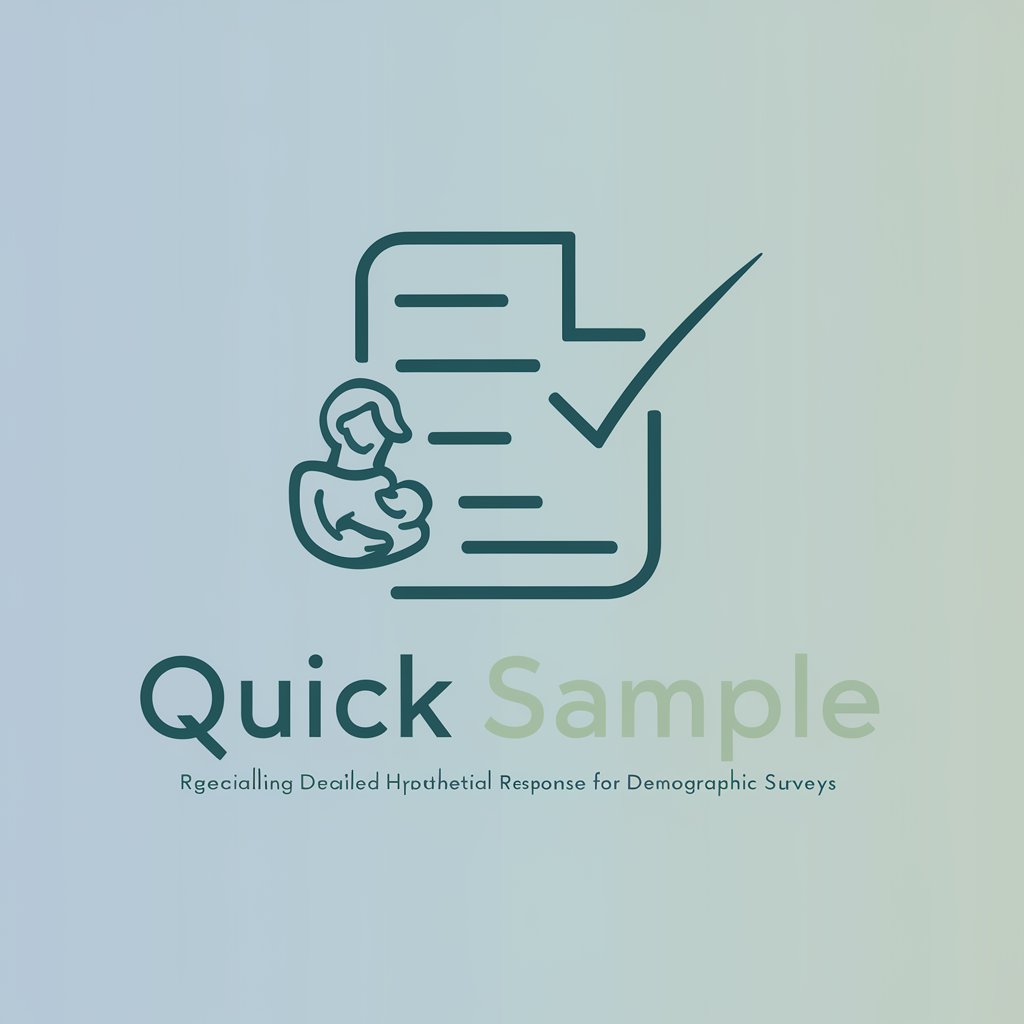
Sample Namer
AI-Powered Audio Sample Naming

Skin Insight
Empowering Skincare Decisions with AI
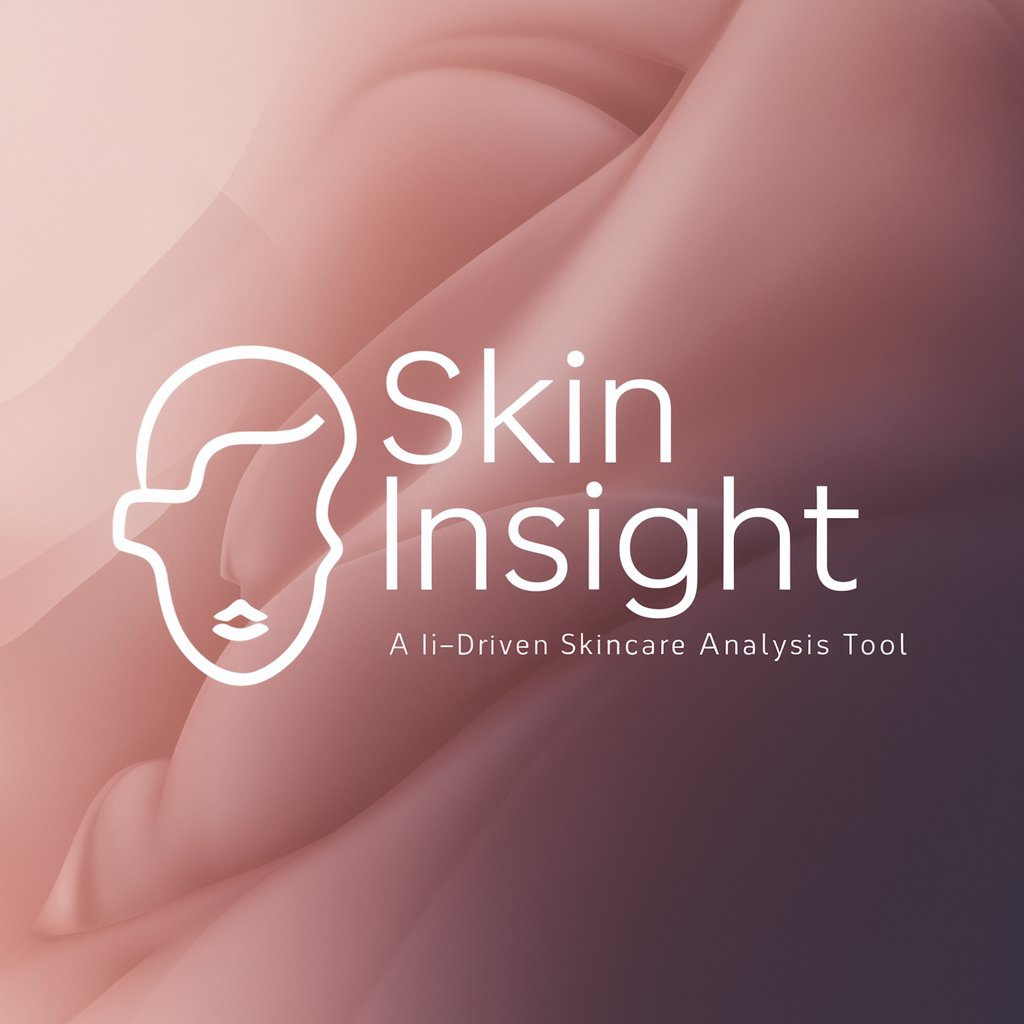
Skin Analyst
Revolutionizing Skincare with AI

Skin Illustrator
Craft Your Ink with AI Precision
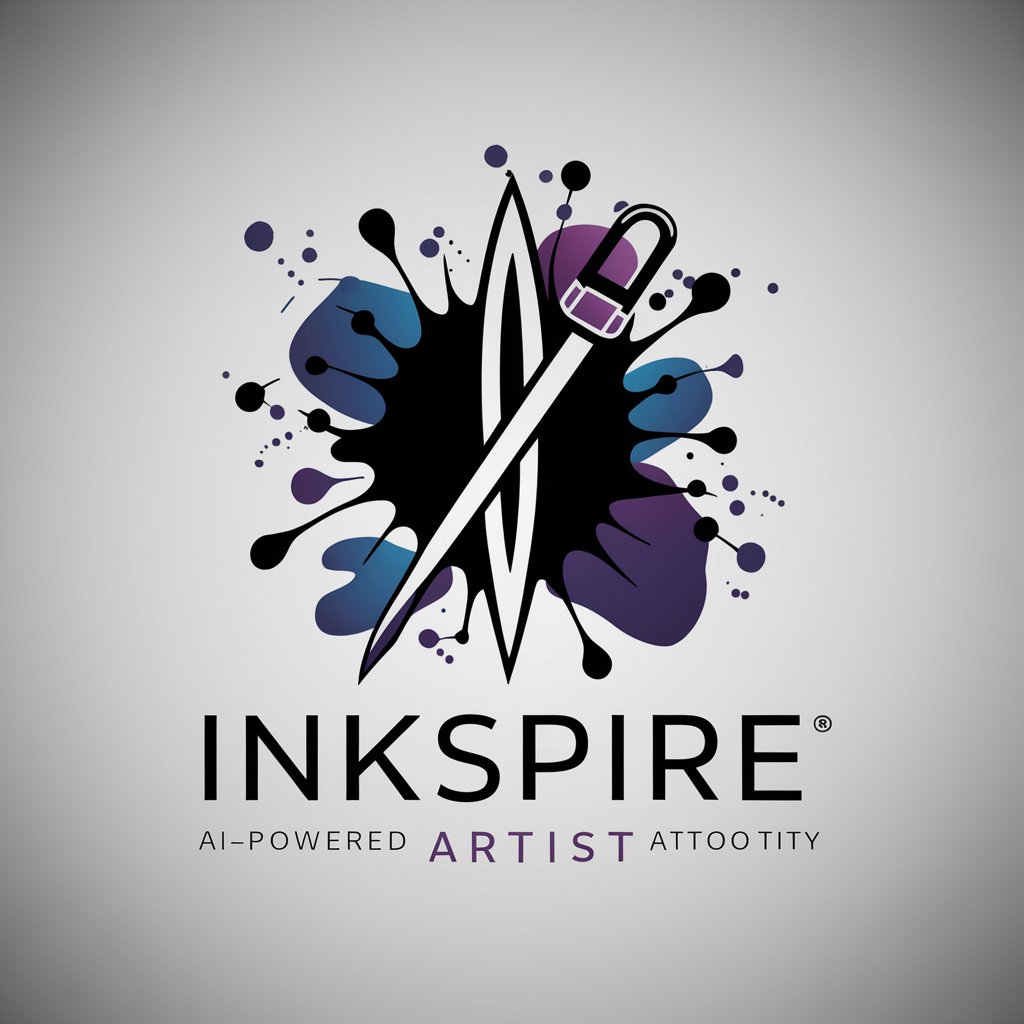
Clear Skin
Revolutionizing Skincare with AI

Sample Searcher
Uncover music's hidden connections.
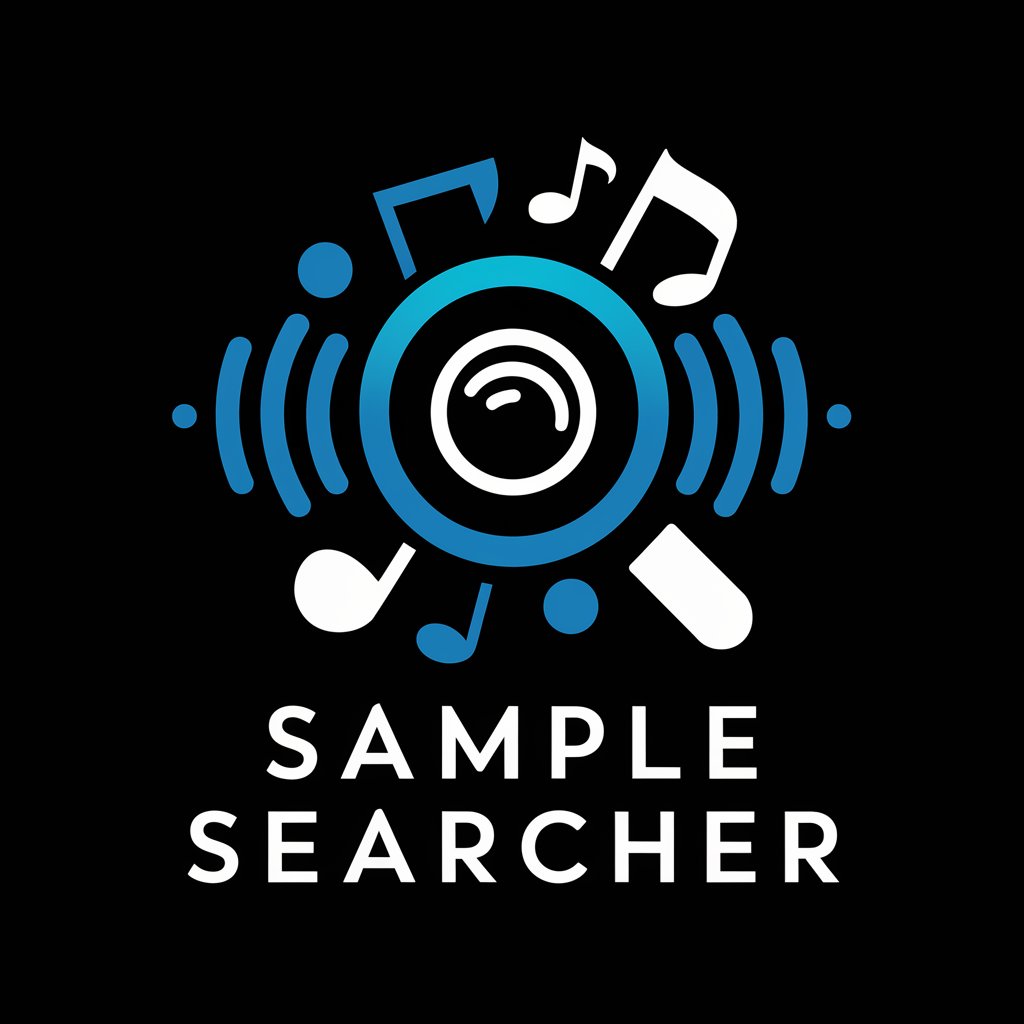
Sample Text Analyzer
Elevate Your Texts with AI-Powered Analysis
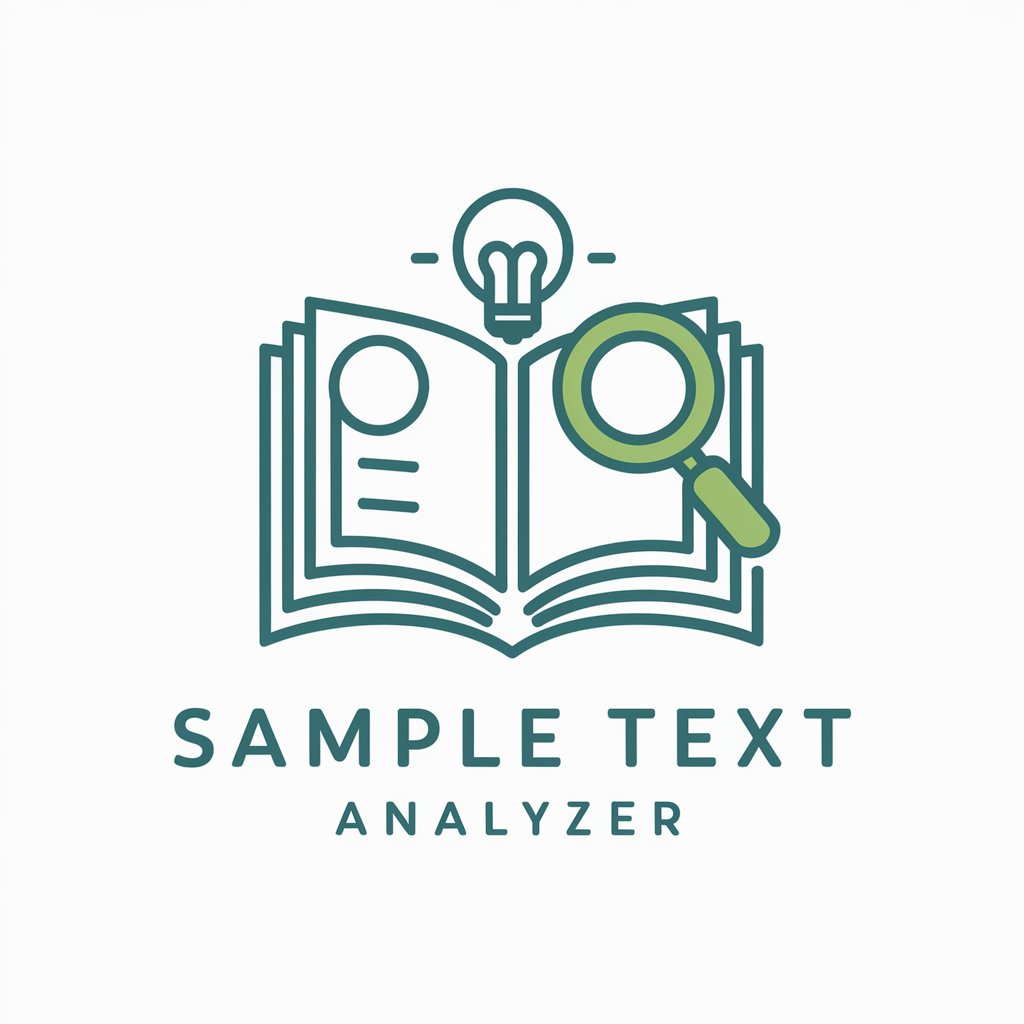
Sample and Production Technique Search
Unveil music's DNA with AI-powered insights.
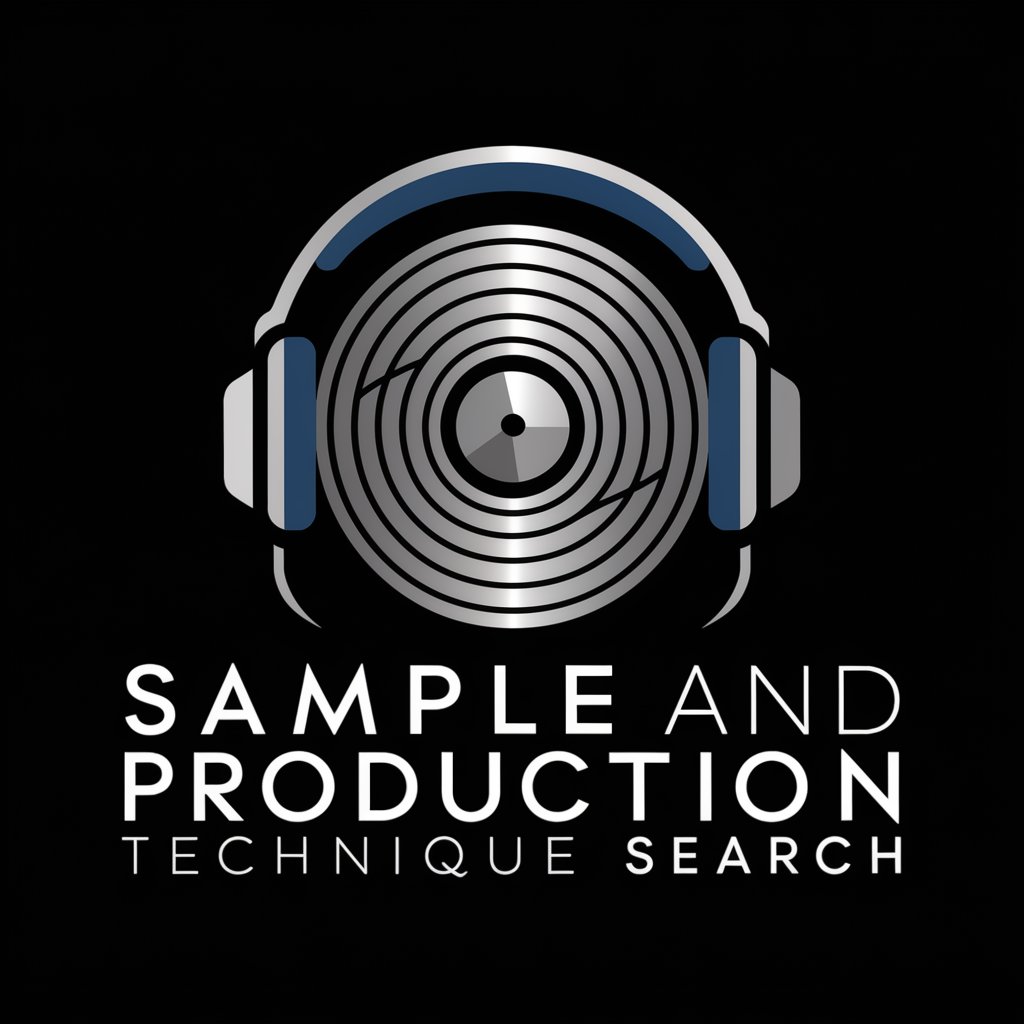
Web/Sample ImageRegenerator
AI-Powered Image Transformations

TOEFL Speaking Question 1 Sample Answer Maker
Master TOEFL Speaking with AI
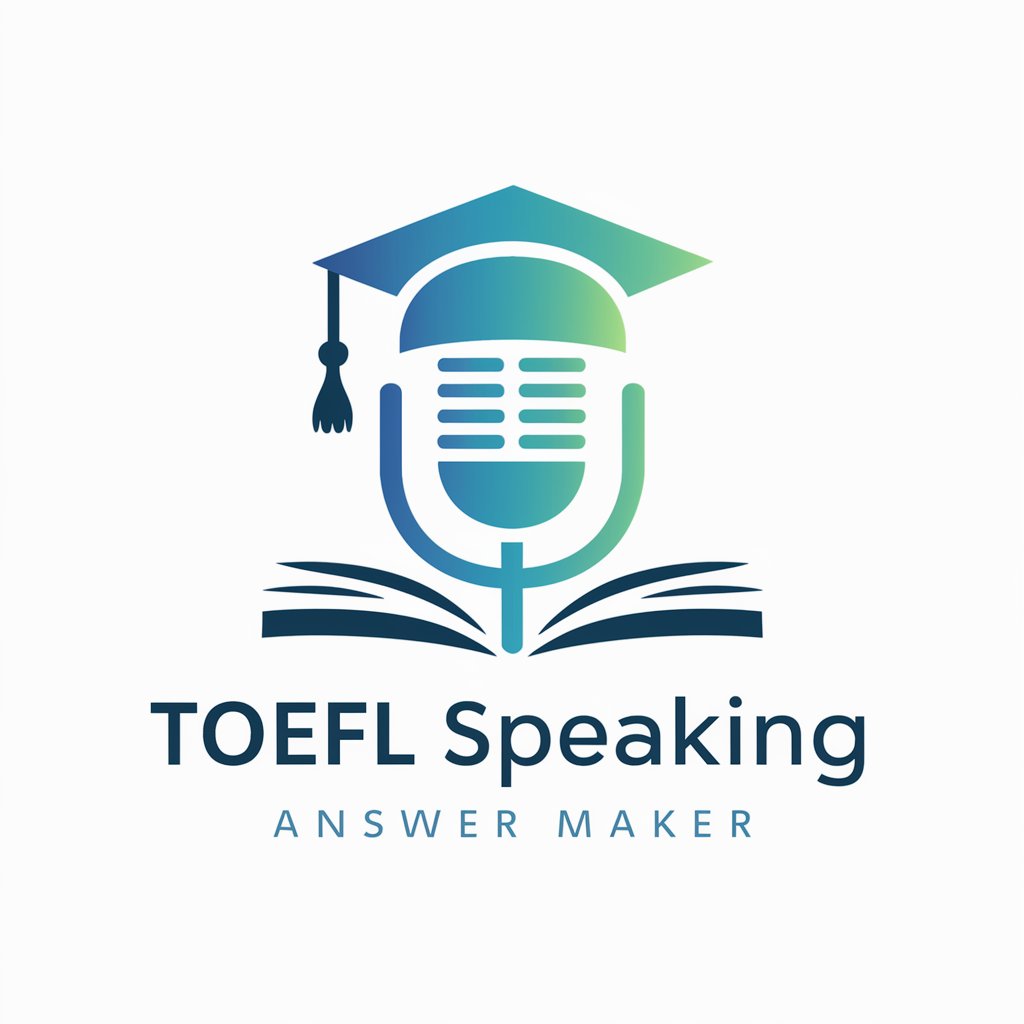
Nurse Insight
Empowering Endoscopy Nursing with AI

Detailed Q&A about DataVerse Sample Creator
What types of data formats can DataVerse Sample Creator generate?
DataVerse Sample Creator can generate data in various formats including CSV, JSON, and Excel, making it versatile for different software and platform requirements.
Can I customize the data fields in the generated sample data?
Yes, users can specify and customize the data fields, types, and the volume of data required, allowing for tailored data sets that fit specific needs.
Is there a limit to the number of records DataVerse Sample Creator can generate?
While there is technically no hard limit, performance and practicality suggest keeping datasets to a manageable size as per the platform's capability and user's processing power.
How does DataVerse Sample Creator ensure the privacy of data?
The tool generates fictional data that mimics real-world scenarios without using or requiring real or sensitive information, ensuring compliance with privacy standards.
What are some common use cases for DataVerse Sample Creator?
Common use cases include academic research, software testing, training data for machine learning models, and demonstrating database features without real data.
